- Apr 25, 2018
 0
0- by A2 Marketing Team
Some websites (like ours), require you to sign up as a member to get the most out of them. WordPress supports user registration out of the box, but it doesn’t enable you to implement complex membership systems. That means you may be tempted to start looking for an alternative platform.
Fortunately, you can add almost any feature to your WordPress website using plugins, and membership systems are no exception. With the right tool, you can turn a regular WordPress website into a members-only club that users have to pay to access. Better yet, you have a lot of options to choose from for which plugin to use.
In this article, we’re going to talk briefly about the benefits of membership websites. Then we’ll introduce you to some plugin options, and teach you how to use one of them. Let’s get to work!
Why You Might Want to Create a Membership Website

Membership websites require you to sign up to get access to their full content, and they come in many shapes and sizes. For example, A2 Hosting is technically a membership site, since you need to sign up for a plan to use our services:
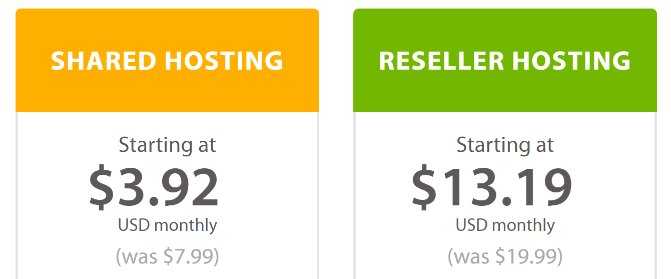
Not every website is suited to a membership model, of course. WordPress blogs are usually open to anyone, for instance, unless you want your content to remain private. However, there are a lot of reasons to restrict some or all of your site’s content to members.
A few key benefits of membership sites include:
- They enable you to monetize your website.
- Communities with private content can attract curious users.
- Membership systems often foster a sense of community, such as through forums or other social media features.
WordPress supports user registration out of the box. However, its membership system is quite basic. Fortunately, we can improve it using the right plugin(s).
An Introduction to WordPress Membership Plugins
In the next section, we’ll teach you how to use a plugin to transform your WordPress blog into a membership website. First, we’ll take a look at some of the best plugin options out there.

Let’s start with Ultimate Member. This free plugin overhauls your WordPress user registration and profiles pages using a drag-and-drop builder. It also provides you with the tools you need to restrict content to members only, and it offers plenty of premium extensions if you want more options.

s2Member enables you to restrict any of your posts, pages, tags, categories, and even forums to registered users only. More importantly, it integrates out of the box with PayPal payments, so you don’t need to set up anything else to start charging for memberships.

MemberMouse is a bit different. It’s an add-on for the WP Courseware plugin, which enables you to create online courses. Using both plugins, you can monetize your lessons through memberships, instead of selling them one by one.

Finally, Restrict Content Pro includes nearly every feature we’ve talked about so far. It enables you to restrict pages and posts to members-only, of course, and charge for registrations through Stripe, Braintree, 2Checkout, and Authorize.net. You can even create discount codes to entice visitors into joining.
As you can see, there are plenty of options to choose from. Whichever plugin you pick should – at the very least – provide you with a way to restrict content from non-members. On top of that, you’ll want to look for tools that include profile customization features, and that integrate with at least one payment gateway.
How to Create a Basic WordPress Membership Website (In 3 Steps)
We’re going to be using the Ultimate Member plugin for this section, since it’s a free option that offers an impressive amount of features. More importantly, it’s easy to set up!
The only downside to this plugin is that it doesn’t support paid memberships out of the box. If you want to add that feature, you’ll need to use a premium extension that integrates with WooCommerce. With that said, go ahead and install and activate the plugin before moving on to step number one.
Step 1: Enable User Registration on Your Website
By default, WordPress disables new user registrations when you create a website. To enable them, go to your dashboard and find the Settings > General tab. Then, scroll down until you see the Membership section. There should be an option right next to it that says Anyone can register, which you’ll want to enable:

After that, scroll down and click on the Save Changes button.
Step 2: Customize Your User Registration and Profile Pages
Membership pages require users, so it stands to reason that you’ll want to make the sign-up process as efficient as possible. It’s also important to provide users with profile pages they can access and modify on their own.
Ultimate Member automatically overhauls both your user registration and profile pages. However, you’re still free to customize them in any way you want. To do that, go to the Ultimate Member > Forms page and find the Default Registration and Default Profile pages:
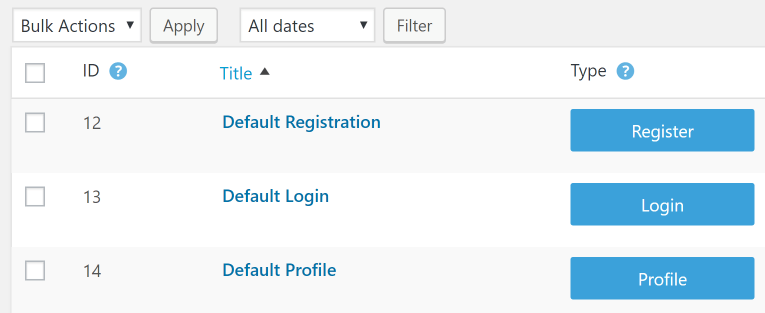
Let’s click on Default Registration first. You’ll see a custom editor, which includes a drag-and-drop builder. You can use this builder to choose which elements to include on your registration page, and tweak the order in which they appear:

Each item includes three options: one to duplicate it, another to delete it, and an Edit feature. Here’s an example of the fields you can edit for the Username item:

If you click on the plus sign icon at the bottom of the editor, you can add new items, and there are a few dozen options at your disposal:
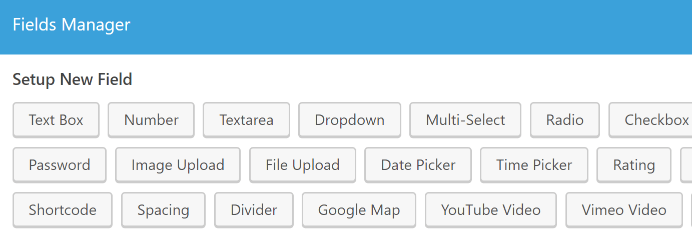
There are no limitations to the items you can add to this page. When you’re done customizing it, you can click on the Live Preview button at the top of the builder to see what it looks like on the front end:
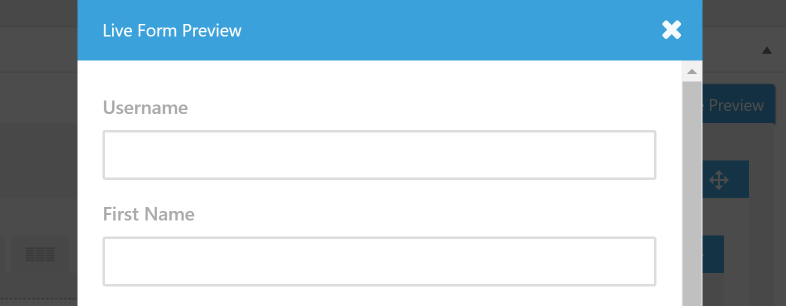
Now, you’ll want to save your changes and repeat the above process for the Default Profile page, which is located under Ultimate Member > Forms.
Step 3: Restrict Your Website’s Content to Registered Users
Ultimate Member enables you to customize the rules of access on a page-by-page (or post) basis. With the plugin activated, you’ll find a new Ultimate Member widget on each page and post when you enter the editor:
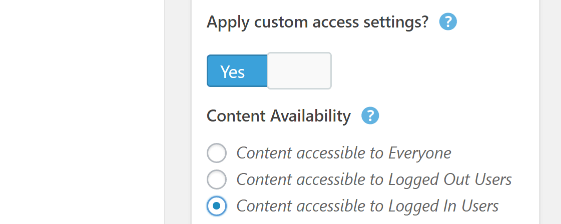
Turning on the Apply custom access settings? option will enable you to choose the access rules for each page individually. You can make your content public, or restrict who can see it. Naturally, the best approach is to make the content you want to restrict available to logged-in users only.
That’s it! Your membership site is ready to go, and all you need to do now is start creating some content.
Conclusion
Some people still think of WordPress as merely a blogging platform. While it is an outstanding solution for blogs, there are very few roles WordPress can’t fill with the right plugins. You can use the platform to create almost anything, including online stores, social networks, and even full-fledged membership websites.
When it comes to membership plugins, we’re partial to Ultimate Member due to its broad set of features. Here’s how to use the plugin after you install and activate it:
- Enable user registration on your website.
- Customize your user registration and profile pages.
- Restrict your website’s content to registered users.
Image credit: Pixabay.












